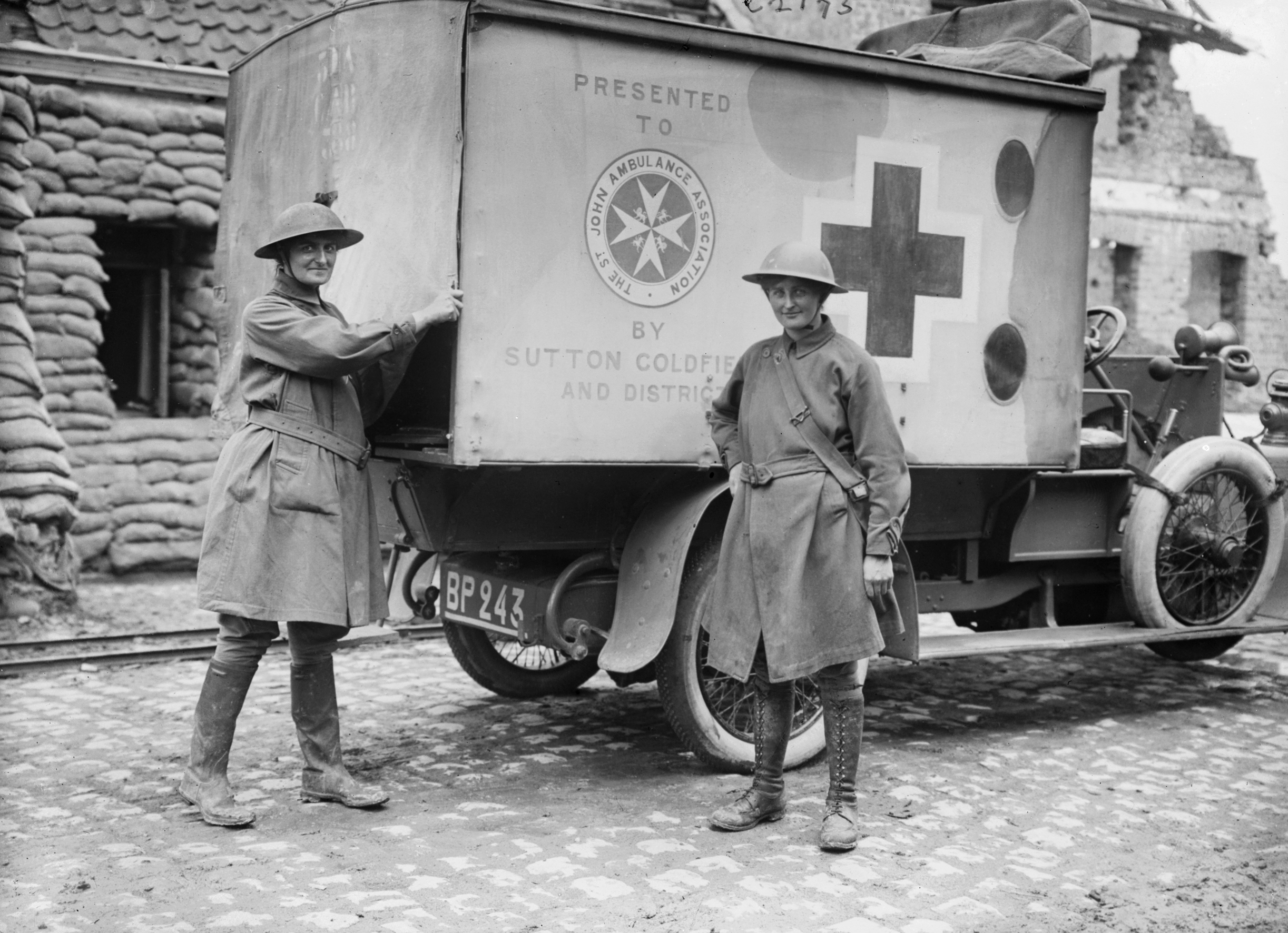Ahead of International Women’s Day on 8 March 2015, we spoke to the Imperial War Museum‘s Lives of the First World War Life story co-ordinator Charlotte Czyzyk about the role of women in the First World War, to discover how the conflict left a lasting impression on gender roles from the home front to the Serbian front…

How is the Imperial War Museum celebrating International Women’s Day on the 8 March 2015?
We have women’s stories featured throughout all our displays in the museum. In our special exhibition, From Street to Trench: A World War That Shaped a Region, we have incredible stories of ladies from the northwest of England. We also have an online project called Lives of the First World War where we remember everyone that contributed to the war effort.
What roles did women have in World War I?
Women took on a variety of different roles from traditional nursing to jobs in industry and agriculture. They had jobs in all walks of life like office work, driving and transportation. Women would do things that were then considered out of the ordinary. For example there’s a lady called Flora Sands who became a soldier in the Serbian Army, as she wasn’t allowed to join the British Army.

Can you tell us more about Edith Cavell who smuggled soldiers out of Belgium?
Edith Cavell was a British nurse who served in a hospital in Brussels, Belgium before the war started. During the war she took the opportunity to not only care for the soldiers but also smuggle some out over the border to Holland as Belgium was occupied by Germany at the time. She did this for over 200 British, French and Belgian soldiers. She would also organise their papers and give them clothing, money and everything they’d need to smuggle through the border. Unfortunately she was caught and arrested by the German authorities, imprisoned and sentenced to death.
What was like back in Britain when high amounts of the population were on the Western Front?
People did notice a real shift in society. Women were more visible when they were driving trams, moving coal and taking on the men’s work. As well as that, they were also earning money and could socialise more. They were juggling many different things and showed they were capable of doing it.

How did Mairi Chisholm, Elsie Knocker and Elsie Inglis contribute on the frontline?
The first two were part of an ambulance unit in Belgium, Elsie was a trained nurse and Mairi was a very good driver. They would collect wounded soldiers and take them back to the medical stations. In the course of this journey, that could take quite a while, they found that injuries became worse or people died en route. So what they decided to do was cut out the middle section and treat people as close to the frontline as possible. Putting themselves at risk they set up their own first aid post, just 50 yards from the frontline. Now more lives could be saved.
Elsie Inglis was a medic and a trained surgeon. At the start of the war she offered her services to the Royal Army Medical Corps but was told to go home. Undeterred she set up her own organisation, The Scottish Women’s Hospitals and went to treat the wounded in Serbia. Sadly, she died when she returned home to England from cancer. She was so dedicated to helping others and her own health was put at risk. She was an amazing, very determined lady.

What was the role of the Suffragettes movement in World War I?
The Suffragette movement was divided over the war. Some realised that if women proved themselves and helped the war effort that it may stand in their favour when trying to get the vote. They did things like nursing and admin work. However there were some, including Sylvia Pankhurst who was a pacifist and against helping in the war effort. The war fractured the movement but its argued that what women did during the war helped them gain the vote. All women over 21 had the vote by 1928.
What happened when the men returned home? Had the role of women changed?
I think so. People had kind of got used to the men not being around. Many were relieved that their loved ones had come home but some relationships got quite strained not just because of the separation but also because of the experiences that people had been through. For instance, if a soldier came back wounded, physically or psychologically, then that would have an impact.
Equally, it’s important to remember that for thousands of women their loved ones wouldn’t be coming home so they had to try and cope with the grief and also thinking about their next steps and the future, how they were going to support their family. There was a lot of upheaval, anxiety and emotion.
For more amazing stories from World War I, pick up the new issue of History of War or subscribe now and save 30% off the cover price.
